Tata Nexon EV vs Mahindra XUV400 comparison: Round three
Mahindra has thoroughly updated the XUV400 and also revised its prices. But is that enough to beat the bestselling Tata Nexon EV?
Published on Feb 21, 2024 09:50:00 AM
49,989 Views
Follow us on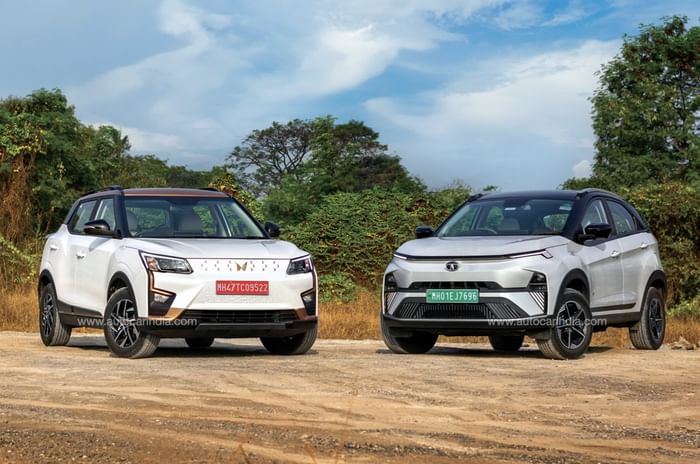
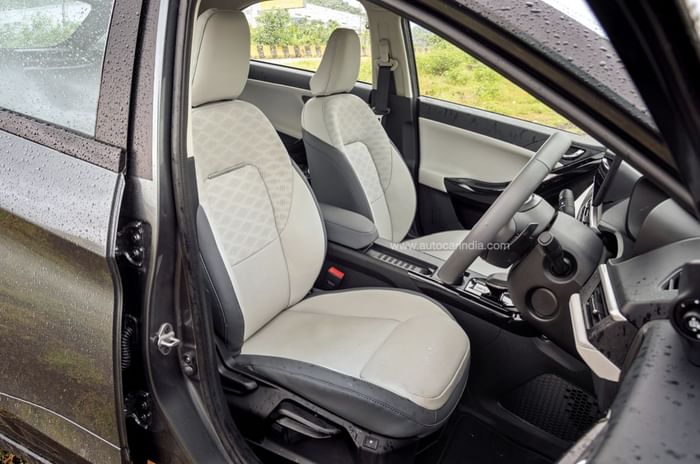
Front seats on the Nexon EV are comfier with good support and softer cushioning.
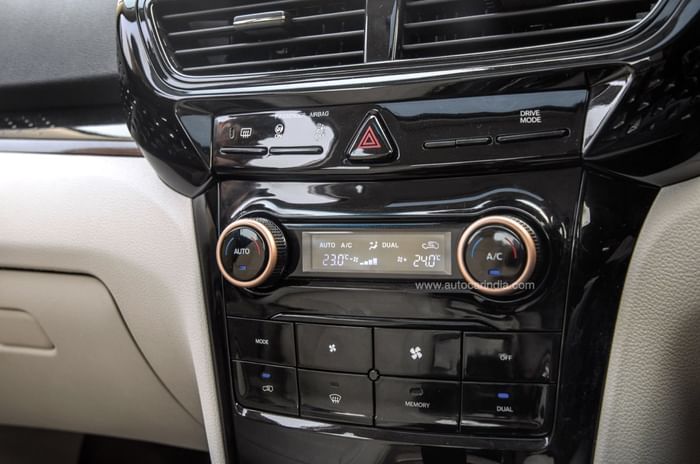
XUV400's knobs and buttoned panel for climate control looks similar to Scorpio-N.

The Mahindra is not very well-equipped, with many features missing.
We’re comparing the Mahindra XUV400 and Tata Nexon EV for the third time in just one year, which reflects the rapid pace at which these EVs are evolving. In May 2023, we pitted the fresh-out-of-factory Mahindra XUV400 against the pre-facelift Tata Nexon EV Max. The winner? It was Tata’s electric SUV, as Mahindra left some scope for improvement in the XUV400’s drivability and equipment list. A few months later, the XUV400 was introduced with key features like ESP, however, the Nexon EV’s substantial updates boosted its desirability exponentially, which is why it also won round two of our comparison.
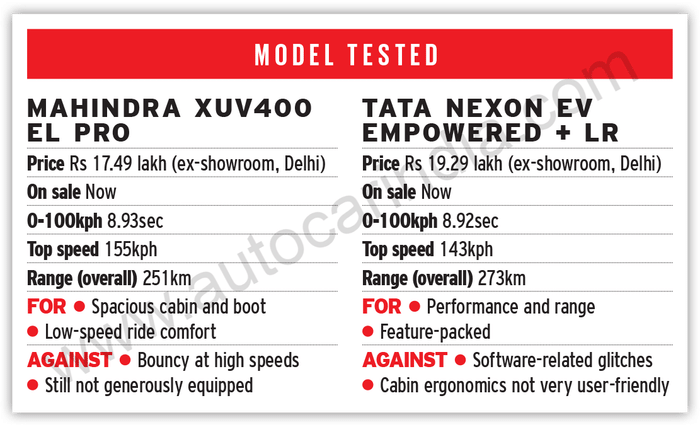
In 2024, Mahindra gave the XUV400 its most significant enhancement to date, and now, with feature additions and a redesigned interior, the Indian carmaker seems to have upped its game. To further sweeten the deal, Mahindra has revised prices too, and the top-spec XUV400 is priced at Rs 17.49 lakh, nearly Rs 1.80 lakh more affordable than a fully loaded Tata Nexon EV. With all its improvements and substantial price advantage, can the XUV400 be third time lucky and swing the game in its favour?
Tata Nexon EV vs Mahindra XUV400 design
The two EVs follow very different design philosophies and seem to cater to different customers. In this company, the XUV400 comes across as conventionally styled, but it has its share of sculpted lines and sharp edges to give it a butch character. Further, healthy dollops of copper colour add flair to its exteriors. What also works in its favour is its size; it is larger in every dimension and has a longer wheelbase compared to the Nexon EV.
| Tata Nexon EV Price, Mileage, Specifications, Features and Variants | |
|---|---|
| Brand | Tata |
| Model Name | Nexon EV |
| Tata Nexon EV Price | ₹ 17.06 - 23.02 lakh |
| Tata Nexon EV Range/Mileage | Electric : 325 - 465km |
| Tata Nexon EV Specifications | SUV | 5 doors | 5 seats View All Specs |
| Tata Nexon EV Features | LED headlight | 12.3-inch Touchscreen display | 6 airbags View All Features |
| Tata Nexon EV Variants | Creative+ MR | Fearless MR | Fearless+ MR View All Variants |
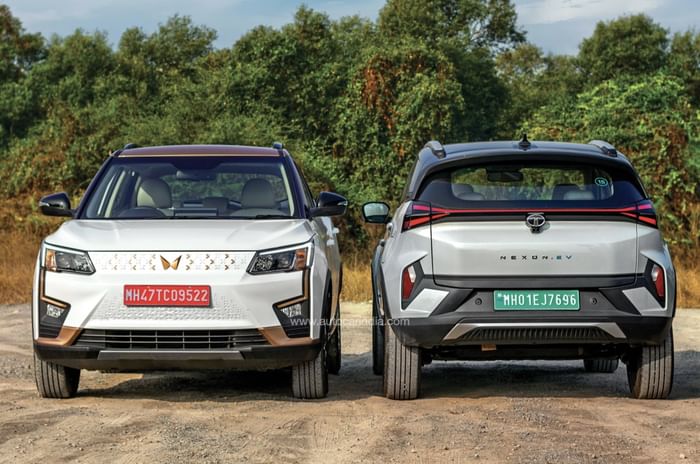
The Tata Nexon EV embraces a more futuristic approach and has a jazzier persona with distinct design cues, coupe-like roofline and harmonious curves. The animated connected LED lights create a vibrant appeal. Overall, the Nexon EV’s sharper styling lends it a more modern outlook and complements its relatively more premium price tag.
Tata Nexon EV vs Mahindra XUV400 interiors
The talking points of the 2024 XUV400 are its new interiors. Gone is the all-black theme, which was exclusive to the EV, and in comes a two-tone, ivory-and-black colour scheme (like the XUV300), which not only looks more upmarket than before, but also accentuates the cabin’s sense of space and airiness. Replacing the analogue dials is a new neatly executed digital instrument cluster. The horizontally oriented touchscreen is larger than before, it is feature-packed and feels great to use too. Its new steering is reminiscent of the XUV700’s unit. And Mahindra has finally redesigned the dated centre console, which is a buttoned panel for the dual-zone climate control, and looks much better than before; similar to the Scorpio-N’s in design.
 Dual-tone colour scheme, copper inserts on the XUV400 look upmarket and enhance cabin’s sense of space and airiness.
Dual-tone colour scheme, copper inserts on the XUV400 look upmarket and enhance cabin’s sense of space and airiness.
Like before, the XUV400’s cabin is well built, the seats are comfy with soft cushioning and adequate support, and between the two cars, the XUV’s has the more agreeable driving position and better all-round visibility. Those sitting at the back will appreciate the space on offer and on account of its wider cabin, even a third passenger can be accommodated here quite easily. For the comfort of rear seat passengers, Mahindra has finally included rear air-con vents as well as charging provisions, which were missing earlier. The XUV400 also gets a more voluminous 378-litre boot; curiously, it misses a parcel shelf, which is a bare minimum these days.
 The combination of colours, textures, big screen and illuminated steering on the Nexon EV certainly have a wowing effect.
The combination of colours, textures, big screen and illuminated steering on the Nexon EV certainly have a wowing effect.
But while the XUV400’s dashboard has been modified using some bits from other Mahindras, the Nexon EV’s interior is completely new, and is the one that makes a stronger first impression. The combination of its colours, textures, big screen and illuminated steering certainly have a wowing effect. Touch-operable keys dominate this space to give the cabin a cleaner and more modern appearance; appreciably there are toggle switches to adjust basic functions like cabin temperature and fan speed. Cabin ergonomics, however, aren’t as user-friendly as the XUV400’s, blind spots are greater and even storage areas aren’t as generous or well-designed. And while the Nexon’s seat cushioning is a touch firmer, comfort is enhanced by its very handy front seat ventilation feature. Space at the rear isn’t as generous and a higher floor results in a slightly knees-up seating position.
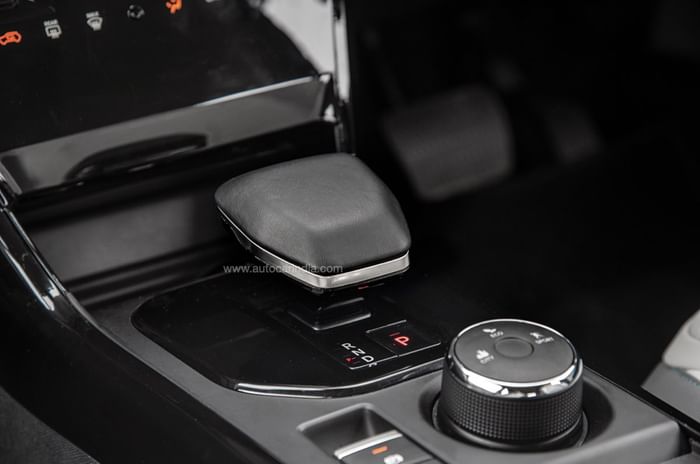
Our Nexon EV test drive vehicle seemed to be plagued with some software glitches. At some point, the climate control display disappeared from the touchscreen, the screen froze when connected to Apple CarPlay, audible beeps came on when depressing the brake pedal, and the drive selector needed an extra push to engage reverse. Sure, most of these glitches disappeared on restarting the vehicle, however, these electrical gremlins shouldn’t crop up in the first place.
Tata Nexon EV vs Mahindra XUV400 performace
A quick glance at their spec sheets indicates that the Mahindra XUV400 has numbers in its favour with a more powerful electric motor, which produces 150hp and 310Nm of torque (5hp, 95Nm more than the Nexon EV’s). The Nexon EV, however, deploys a second-generation motor that’s said to be lighter, more efficient and spins higher than the first-gen unit it replaces. The Tata also has a larger 40.5kWh battery (XUV’s is 39.4kWh) and it is around 30 kilos lighter too. So these two seem quite closely matched then.
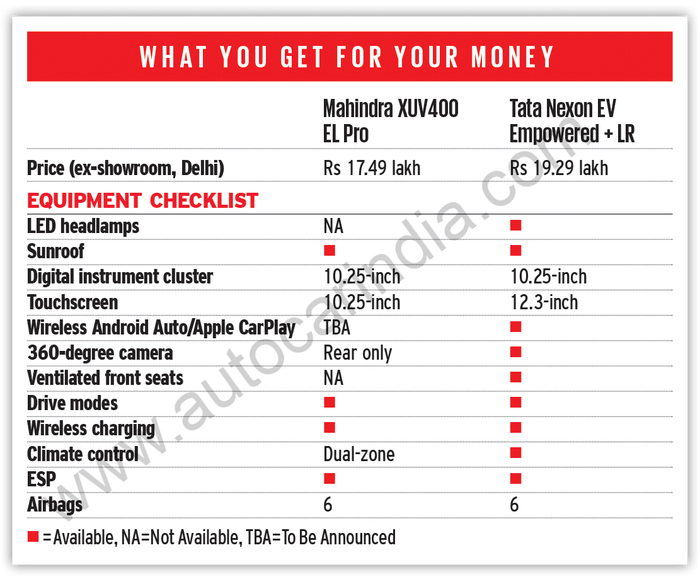
But the differences become apparent in the first few metres of driving. Thanks to ESP and Traction Control, which was added a few months ago, the XUV400’s motor serves its 310Nm of instant torque in a controlled and linear manner. No longer does it spin its front wheels helplessly under hard launches. The XUV400’s motor feels smoother, a bit more responsive and the XUV can reach a higher top speed of 155kph (Nexon’s is 143kph).
 Mahindra's new digital dials are neatly executed.
Mahindra's new digital dials are neatly executed.
What comes as a pleasant surprise is how close the Nexon’s acceleration timings are to the XUV400, despite being significantly down on torque. The Tata sprints from 0-100kph in just 8.92 seconds, near identical to the XUV400’s 8.93 seconds. However, the Nexon’s motor delivers its power in a very different manner. Gone is the spikey power delivery of the EV Max; instead, its acceleration feels a bit subdued. Even if you stomp on the accelerator, it will roll off the line gradually, and the motor will only deliver the full monty once the car gains momentum, so as to not spin away its wheels and waste energy. So while it might not ‘feel’ as aggressive, there’s strong performance on offer, and at no point does the Nexon EV seem slow or lacking, in this company.
 Nexon EV gets paddle shifters to adjust regen intensity.
Nexon EV gets paddle shifters to adjust regen intensity.
Three drive modes are available with both these cars – Eco, City and Sport on the Tata, and Fun, Fast and Fearless in the XUV400. The drive modes alter torque delivery, regenerative braking intensity, top speed limit, and on the Mahindra, also the steering weight. In addition, the Nexon EV offers the option of adjusting the regenerative braking – which is very handy – via the paddle shifters with four levels; level zero being regen off and level three being the most aggressive deceleration. The XUV gets an ‘L’ mode for maximum regenerative braking, using which the car can come to a complete stop without any driver input, thus giving the full ‘one-pedal’ driving experience.
Tata Nexon EV vs Mahindra XUV400 range, charging time
These being the long-range versions, the XUV400’s claimed range is 456km and the Nexon EV promises to travel 465km on a full charge. Though nowhere close to their claimed figures, in our real-world range test, the Nexon EV’s range of 273km was better than the XUV’s 251km.
Interestingly, in our city run, the XUV400’s average city efficiency of 7.1km/kWh was higher than the Nexon’s 6.9km/kWh, however, the Tata was more efficient on the highway with an average efficiency of 6.7km/kWh compared to the XUV’s 5.8km/kWh.
 One-pedal driving is possible in the XUV400 with L mode.
One-pedal driving is possible in the XUV400 with L mode.
The Nexon EV limits air-con and motor performance once the state of charge falls below the 25 percent mark, in order to maximise range. The XUV400, on the other hand, enters limp mode below 12 percent, but even then, only its top speed is limited; there is no change to acceleration or its air-con performance.
 Nexon EV's nifty lane watch display activates upon using indicators.
Nexon EV's nifty lane watch display activates upon using indicators.
As for charging, both these EVs come with a 7.2kW AC charger and they also support DC fast charging. The XUV has the edge here as it can charge up to 45kW, while the Nexon EV’s max charging speed is capped at around 30kW, which means you can top up the XUV’s battery quicker at a 60kW (or higher) DC fast charger.
 XUV400's back seat is spacious and is wide enough to seat three adults.
XUV400's back seat is spacious and is wide enough to seat three adults.
Tata and Mahindra have resorted to very different cell chemistries for their battery packs. Theoretically, Nexon EV’s LFP (lithium ferrous phosphate) battery tech is said to be more robust and longer lasting, whereas the Mahindra’s NMC (nickel manganese cobalt) battery is known to be more energy efficient to deliver stronger performance and range. While these cars are too new to pass a definitive verdict on which fares better, to protect users from any unforeseen battery or motor-related issues, both come with an 8-year warranty.
Tata Nexon EV vs Mahindra XUV400 ride & handling
On account of its soft suspension, the XUV feels at home in the city thanks to its supple low-speed ride and light steering. On the flip side, out on the highway, the Mahindra tends to feel bouncy. You can alter the heft of the steering by changing the drive modes. In Fearless (Sport) mode, the steering gets noticeably heavier to give the driver a bit more confidence, however, it still feels inert with no feel or feedback.
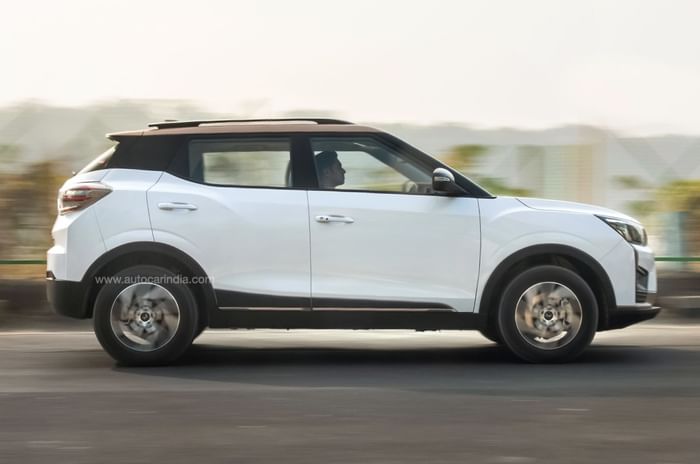
The Nexon EV’s chassis feels properly stiff. Expectedly, its firmer suspension setup makes it a bit jittery at low speeds, but surprisingly, it still soaks up the sharp edges really well, and is much more composed at higher speeds. Its quicker steering feels sharper, and coupled with tighter body control, the Nexon EV feels more confident from behind the wheel.
 Nexon's ride feels a bit jittery at low speeds, but it drives with confidence at highway speeds.
Nexon's ride feels a bit jittery at low speeds, but it drives with confidence at highway speeds.
Tata Nexon EV vs Mahindra XUV400 verdict
With incremental updates, Mahindra has certainly addressed most of the XUV400’s shortcomings, and transformed it into its best version till date. The new interiors and features along with previous strengths like respectable real-world range, strong motor performance and spacious interiors have made the XUV400 a lot easier to recommend. Further sweetening the deal is its more affordable price tag, which spells better value for money.
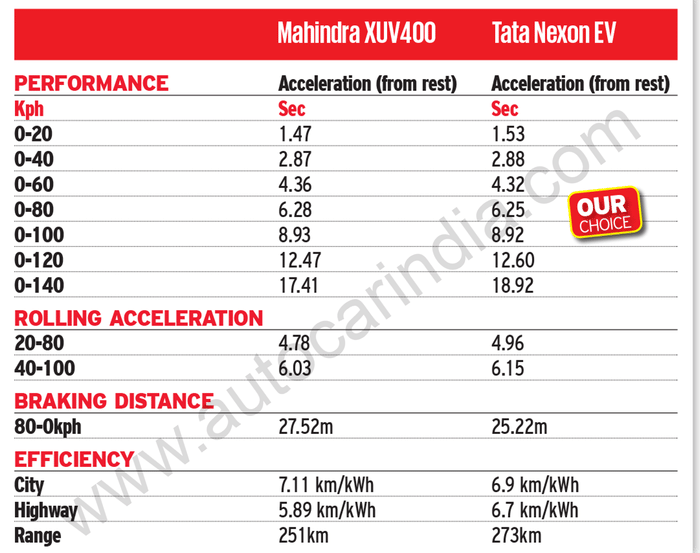
But most techy EV buyers are looking for a modern and premium experience, and that’s where the Nexon EV fares better. Sure, it isn’t perfect, but with the facelift, Tata Motors has moved the game far ahead in terms of the Nexon EV’s design, interiors, motor performance as well as efficiency. That the Nexon EV is also better equipped and available in multiple variants across a wider price band further strengthens its case. Simply put, the Tata Nexon EV feels more desirable, and yet again, beats the XUV400.
Also see:
Mahindra XUV400 vs Tata Nexon EV comparison video review
Mahindra XUV400 vs Tata Nexon EV comparison: Challenger to the crown
Tata Nexon EV vs Mahindra XUV400 comparison: Recharged rematch
Copyright (c) Autocar India. All rights reserved.


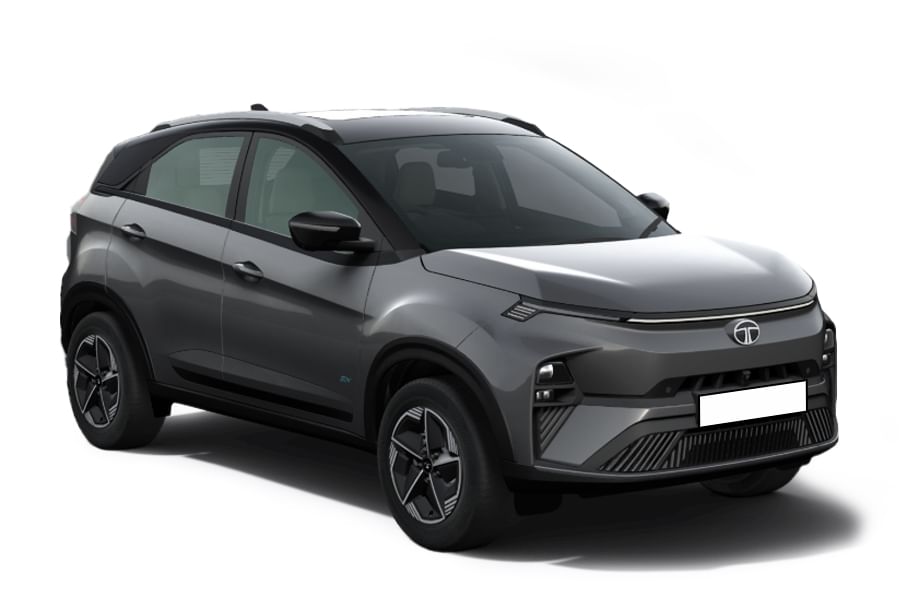



Comments
Member Login
Personal Details
No comments yet. Be the first to comment.